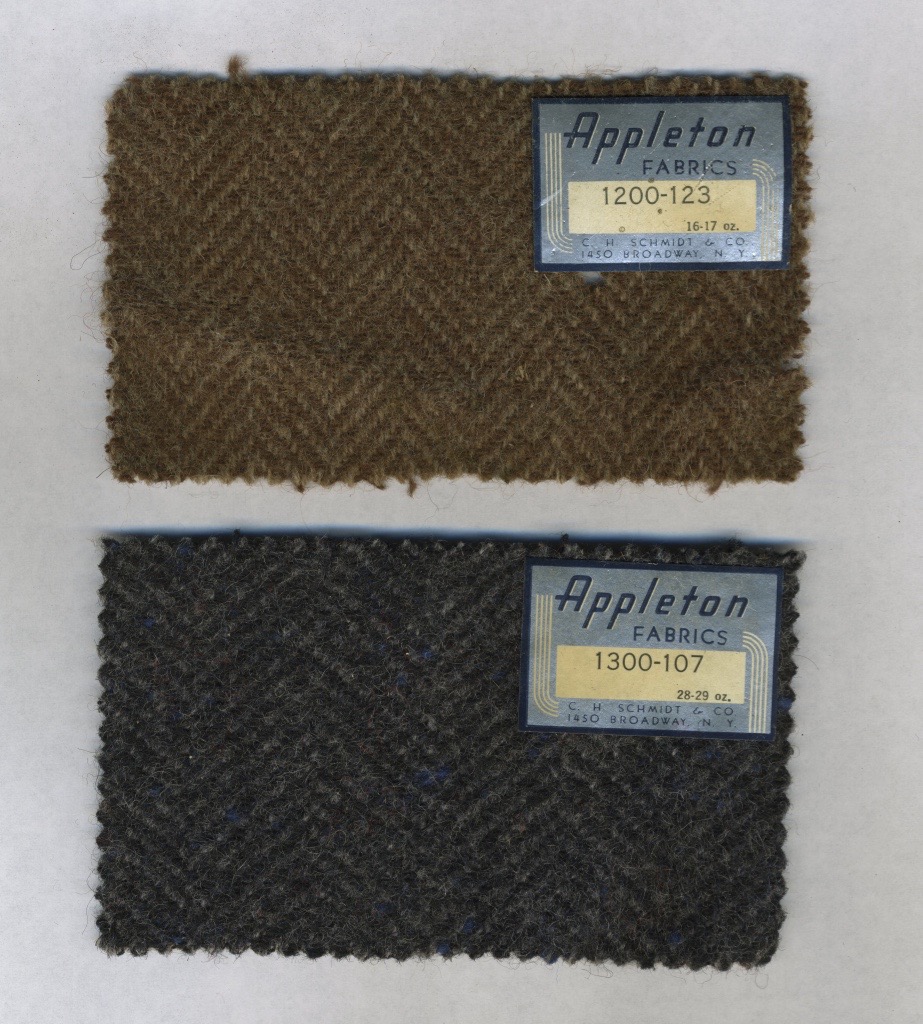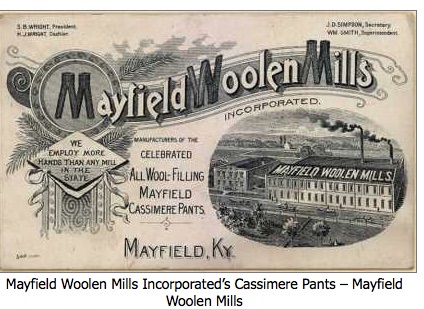
WOOL LITERACY, is a weekly series that we hope will get readers a little more literate with wool. Our teacher is none other than Peggy Hart, Founder of Bedfellows Blankets.
Over the next few weeks, we are looking at a series of mostly forgotten woolen fabrics, more or less in the order in which they were manufactured in the U.S.: flannel, broadcloth, satinet, kersey, cassimere.
If you look for cassimere in the index of twentieth or twentieth century weaving texts, you will probably not find it, or if you do, as in the 1967 Dan River Mills Dictionary, its meaning has shifted to mean worsted suiting. It does appear in nineteenth century texts, for example George Cole’s Complete Dictionary of Dry Goods, first published in 1890. Cole describes cassimere as “the general term applied to that class of all-wool cloths used for men’s clothing, woven either plain or twilled, coarse or fine of ‘woolen’ yarn. The pattern of cassimere is always woven in plain and distinct and is never napped.” Cassimere is much in evidence in census reports of wool manufacture from 1837 to the early 1900s. Does this mean that it existed in the nineteenth century but is now gone? No, but it is hiding in plain sight today, mostly as a humble woolen twill.

There are a bewildering number of definitions for the word cassimere, but the commonalities seem to be that it is a lightweight woolen fabric, twilled, and not napped. It was woven with fine woolen singles yarn by woolen mills that procured the wool, washed, carded and spun it, and finally wove it. It was woven with at least four shafts or harnesses, could be more but always an even number of harnesses. The simple finishing- washing but no napping and shearing- distinguishes it from both broadcloth and flannel, the other common woolen cloths of the nineteenth century.
